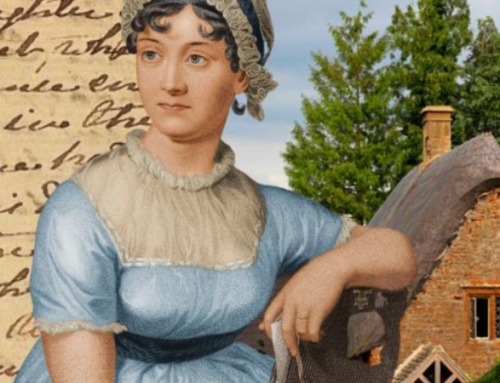Learn about the British Victorian era through Oscar Wilde’s The Picture of Dorian Gray.
Let’s travel back in time to the bustling streets of late 19th-century London. We find ourselves in the Victorian era, the air thick with both smog and societal change, and the city dwellers are titillating over Oscar Wilde’s recently published controversial masterpiece, The Picture of Dorian Gray.
Oscar Wilde lived and wrote during the Victorian period, a time of country-wide transformation that spanned from 1837 to 1901. While Queen Victoria ruled over a vast empire, English society swung between rigid public morality and underground rebellion. The Industrial Revolution reshaped society, creating new wealth and widening the gap between rich and poor.
In this context, Wilde emerged as a provocative voice, challenging social convention with his sharp wit and revolutionary takes on society.
Indice dei contenuti
The Victorian Era
The Victorian era was a time of industrial achievements, imperial expansion, and of lasting societal transformation which form the bedrock of society as we know it today.
Society was divided into clearly defined classes: at the top, the aristocracy and the new money industrialists; in the middle, a rapidly growing middle class; and at the bottom, a working class struggling to survive in fast-expanding cities. This rigid social structure was upheld by a strict code of conduct that governed every aspect of the Victorian’s daily life.
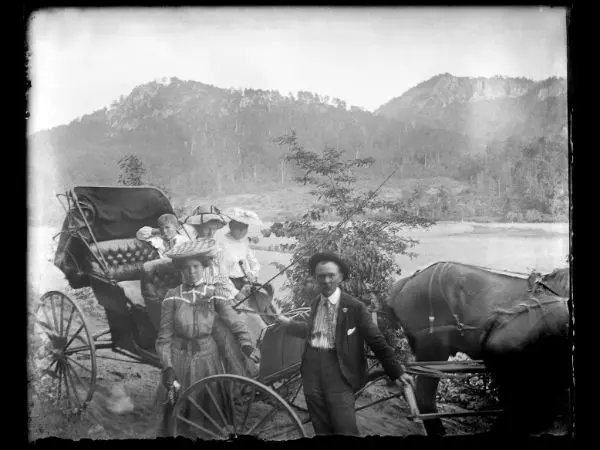
The Victorian family was considered as the very foundation of society, with clearly defined gender roles. Middle and upper-class women were confined to lives of domesticity, while men continued to run their own and their families public and professional lives.
However, beneath the shiny surface of order, reform movements were gaining momentum: early Suffragists had been calling for voting rights and greater educational and professional opportunities for women.
Religion also played a central role in society, with the Anglican Church exerting strong moral influence throughout the country. Though, the era also saw a rice in secularism and the emergence of new philosophical ideas that challenged traditional beliefs.
The contradictions of the era
The Victorian period was full of contradictions. While strict public morality was preached in the streets, what lurked underground was a world of vice and forbidden pleasures, especially in big cities like London and Manchester. The contrast between public appearance and secret reality is exactly what Wilde masterfully explores in The Picture of Dorian Gray.

Philanthropy became popular in this era, with many wealthy Victorians engaging in charitable works, yet their charitable spirit rarely existed without condescension and paternalism towards the poor.
It was within this context that artists and writers like Oscar Wilde emerged as prominent voices in society, as they challenged conventions and exposed the hypocrisy of their time. Their works became powerful tools to both critique society and to urge readers to consider the hidden contradictions of the wealthy’s behaviour.
Dorian Gray: A Distorted Mirror of Society
Wilde refused to let his art be the obedient servant of Victorian morality. Instead, he honed his work into a razor sharp tool to challenge and deconstruct societal norms.
Wilde represented a radical concept: art should not only exist for a moral purpose, but art can exist purely because it’s beautiful. This idea, known as “art for art’s sake“, shocked a society used to seeing art as a means of instruction.
Through Lord Henry in Dorian Gray, Wilde brings his provocative ideas to life. He argues that art shouldn’t be a faithful mirror of reality, but a ‘veil’ through which we interpret it. This idea influenced many 20th-century artistic theories, suggesting that art could reveal deeper truths by distorting reality.
Obsession with physical appearance
The obsession with youth and beauty, central themes in Dorian Gray, reflect anxieties in Victorian society.
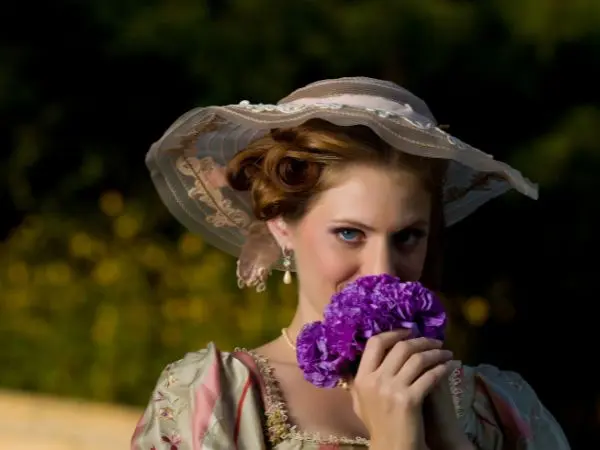
Physical appearance was seen as a sign of moral worth and, if you take one look on Instagram and TikTok, you’ll find this obsession still very much exists today.
Dorian’s famous line, “When I find my first gray hair, I shall kill myself,” reflects a fear of ageing that so many of us can understand, even if we wouldn’t go so far.
Dandyism: An aesthetic rebellion
Dandyism, embodied by characters such as Lord Henry, represented a rebellion against the materialistic values of Victorian society. With their aesthetic lifestyles and provocative views, dandies defied societal norms, which rippled into later countercultural movements.
The dark side of Victorian society
The Picture of Dorian Gray is a sharp social critique that highlights the hypocrisy of Victorian society. Through this story, Wilde guides us through the dark underbelly of an era that, on the surface, appears perfectly polished.
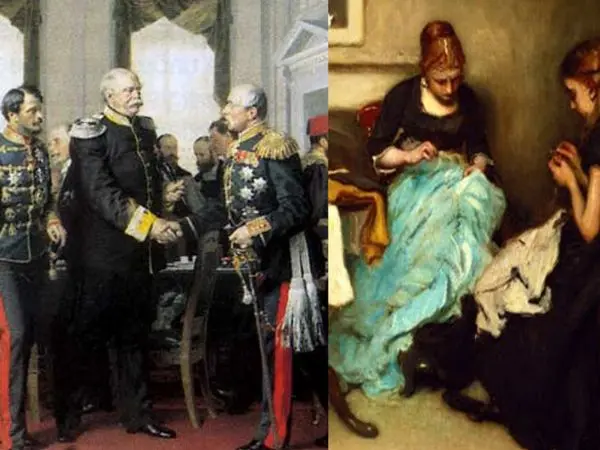
Dorian’s transformation from innocent youth to corrupted hedonist, all while maintaining a flawless appearance, is a powerful metaphor for Victorian contradictions. This duality reflects a society obsessed with appearances, where public morality often masked private vice.
For example, while drawing rooms in the home were spaces of refined conversation and impeccable manners, gentlemen’s clubs offered places to indulge in gambling and prostitution. And, while many wealthy Victorians were known for their philanthropy, in private they exploited the workers in their factories. That’s why the era saw a rise in prostitution and opium use.
Art as a mirror of the soul
The theme of the double, represented by Dorian’s ever-changing portrait, reflects the dual nature of humanity. This concept anticipates Freud’s theories of the unconscious and explores the complex contradictions of identity.
The double theme recurs in Victorian literature, such as in Dr. Jekyll and Mr. Hyde by Robert Louis Stevenson, reflecting how morality often led to the repression of desires that could later manifest in destructive ways.
Dorian’s portrait proposes a new idea: that identity can be fluid, and not everyone has a fixed, stable self.
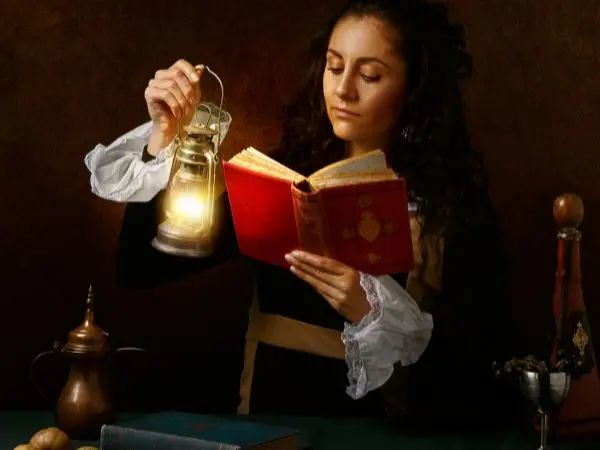
The magical portrait is also a metaphor for the ability of art to reveal hidden truths. Wilde suggests that art can uncover aspects of reality that society would prefer to bury, and through the portrait, he critiques those who favour appearance over substance.
So, why does this matter?
Reading The Picture of Dorian Gray allows you to reflect critically on our own society. Though it was published over a century ago, Wilde’s questions about morality and identity remain relevant.
To put this critical assessment into practice yourself, try reflecting on these ideas while you read the book:
- Youth and beauty: Dorian’s obsession with youth and beauty reflects our social media obsessed culture, where appearance often overshadows substance.
- Public vs private life: Dorian’s double life mirrors the challenges of managing multiple on and offline identities today.
- Art: Wilde’s provocative art echoes current debates about the power and responsibility of artistic expression.
- Ethics and aesthetics: The tension between morality and physical beauty in Dorian Gray resonates with concerns about cosmetic surgery and the pursuit of eternal youth.
- Fluid identity: Wilde’s exploration of a shifting identity predates, at least publicly, modern discussions on the fluidity of gender, sexuality, and identity.
As we are still grappling with many issues Wilde explored over a century ago, reading his work and considering his ideas can help us better understand the roots of many contemporary debates.
From economic inequality to gender roles, from work ethics to the tension between morality and personal freedom, have you ever thought about Wilde’s work in this way?


